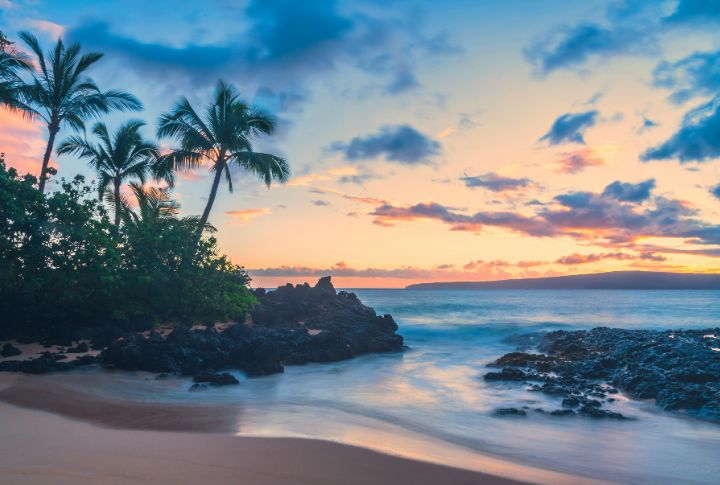
Hawaii has long held the top spot in vacation daydreams, but this year felt different. Travelers paused, looked around, and found new options that felt fresher or easier. Personal priorities changed, and so did the way people picked where to go. Let’s walk through what pulled attention away from the islands and turned heads in other directions.
Skyrocketing Hotel Prices Hit Record Highs
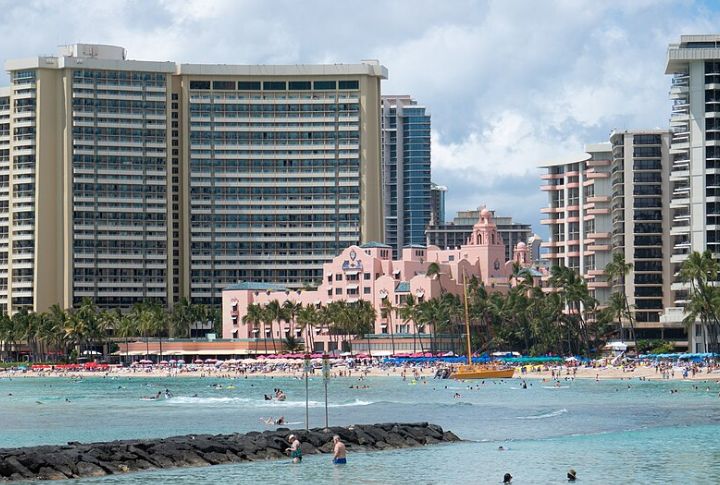
According to the Hawaii Tourism Authority, nightly hotel rates now average $413—a staggering leap from just five years ago. What was once a splurge is fast becoming unaffordable. Luxury rooms easily exceed $700, yet fewer services are provided. Budget-conscious travelers are beginning to look elsewhere.
Overcrowding Turns Serenity Into Stress
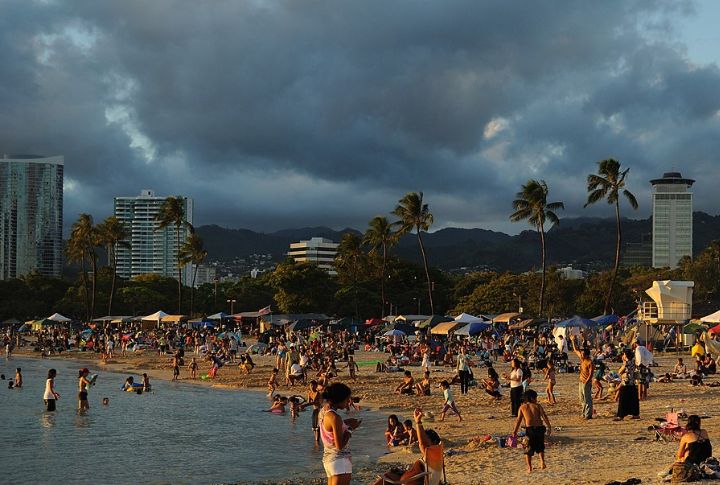
Picture arriving at a beach only to find just a standing room. Popular attractions like Diamond Head now operate on timed entry, and Oʻahu’s daily crowds overwhelm roads and sidewalks. Instead of unwinding, many visitors end up navigating jammed highways and overbooked excursions from dawn till dusk.
Climate Challenges Are Intensifying Fast
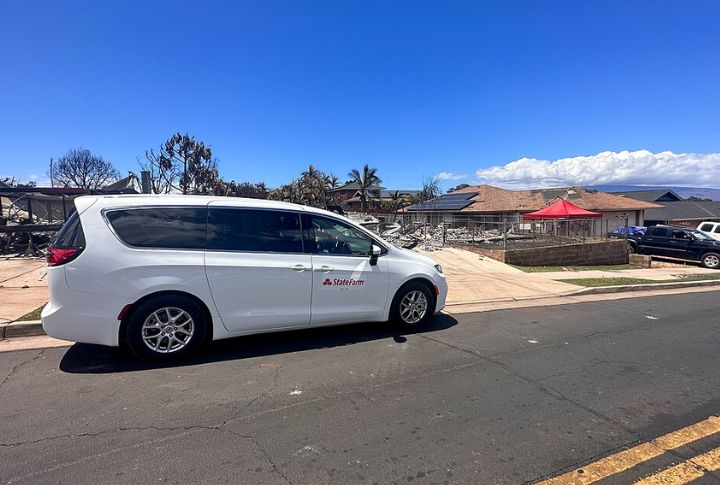
Hawaii’s weather isn’t just warm and breezy anymore. After the Lahaina wildfire, the island faces a harsher climate reality. Heat-driven droughts and warmer waters now disrupt vacations without warning. Hikes turn into hazards, and scenic spots sometimes get shuttered for safety. Travelling there now means accepting that the forecast might rewrite your entire itinerary.
Rental Car Shortages Still Plague Tourists
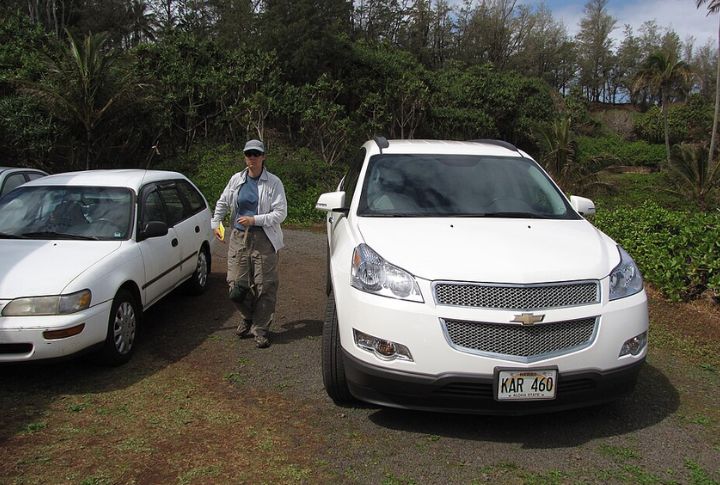
Even post-pandemic, rental car supplies remain about 30% below normal. But why does that matter? It’s because some travelers have reported rates over $100 daily, assuming they’re lucky enough to find one. Island hopping becomes especially frustrating when your only option is a rideshare that never arrives.
Tourists Face Growing Local Tensions
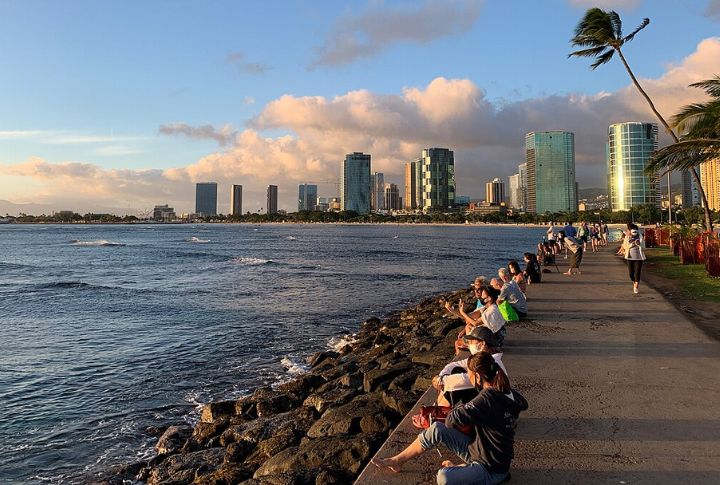
You might spot handmade signs urging tourists to go home. Many Native Hawaiians feel tourism exploits their land and burdens public services. Cultural sites now limit access, and more residents voice their fatigue publicly. With local sentiment shifting, the welcome mat isn’t always out anymore.
Visitor Fees And Permit Rules Are Expanding
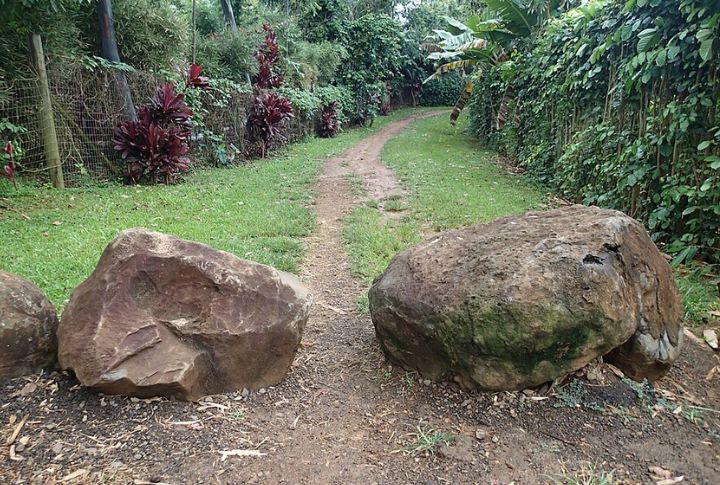
A single beach hike could now require both a timed permit and an online entry fee. In 2025, Hawaii enacted a “Green Fee” on tourists to raise approximately $100 million annually for climate change mitigation and ecological protection. While aimed at conservation, these new rules complicate trip planning and inflate the overall cost.
Island Hopping Is No Longer Hassle-Free
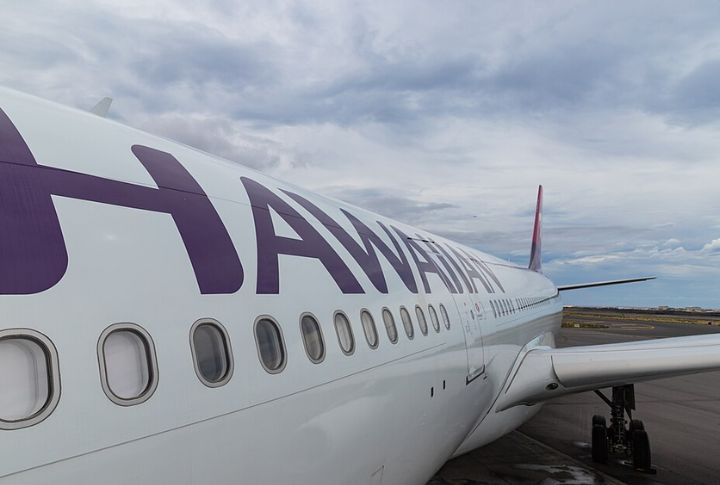
Inter-island flights now suffer frequent delays due to airline consolidation and labor shortages. Hawaiian Airlines, the primary carrier, cut several routes in late 2023. Tickets between islands have climbed above $150 in many cases. The flexibility that once defined island-hopping adventures now requires careful, costly planning.
Infrastructure Can’t Keep Pace With Demand
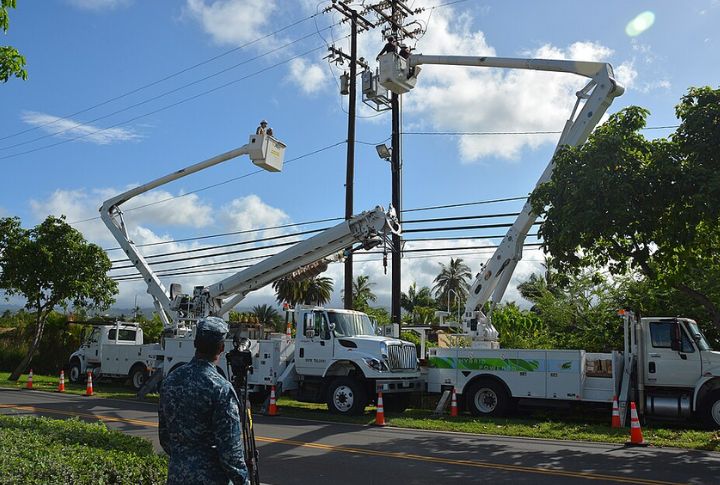
Across several islands, infrastructure struggles are becoming harder to ignore. Power cuts now happen more frequently, and aging waste systems are feeling the strain. During peak season, small accidents can clog rural roads for hours. Visitors often arrive expecting paradise, but find surprises when the basics falter.
Remote Alternatives Offer Better Value
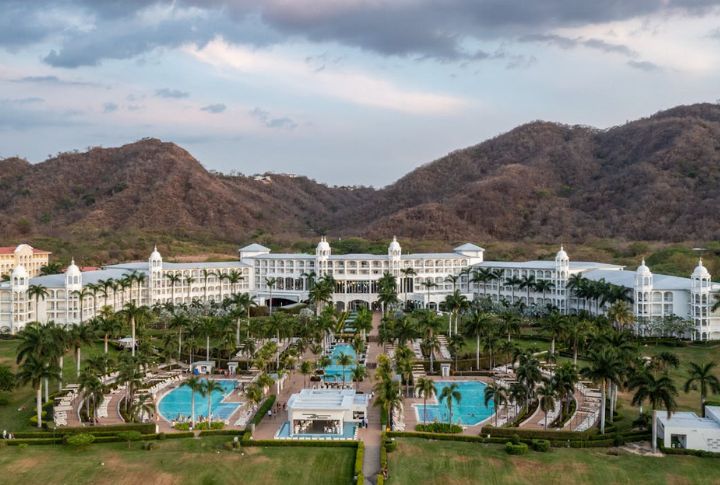
Travelers looking for sun and sea are discovering alternatives that feel just as rich. From Puerto Rico’s charm to Costa Rica’s rainforests and Baja’s coastal calm, the appeal is growing. These places bring scenery and value that often match or surpass the current Hawaii experience.
Emergency Services Are Stretched Thin
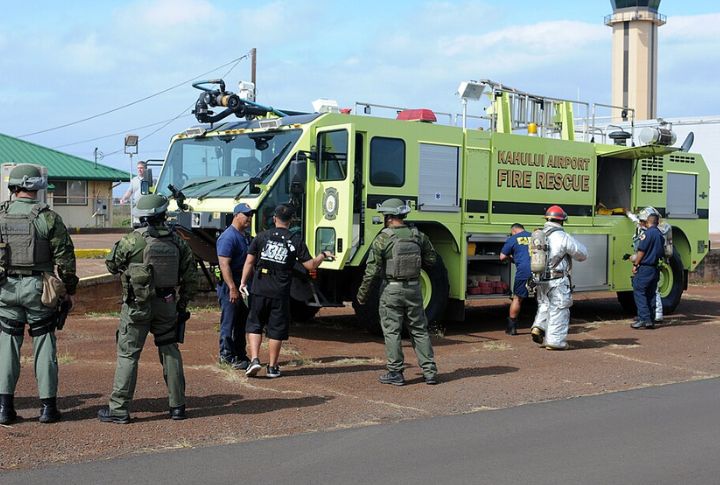
Paramedics in Hawaii report response delays of up to 30 minutes in high-tourist zones like Waikiki and Lahaina. Hospital resources are overwhelmed during peak season, prioritizing local emergencies. When injuries or health issues arise, visitors may face limited access to care or long transport times.

